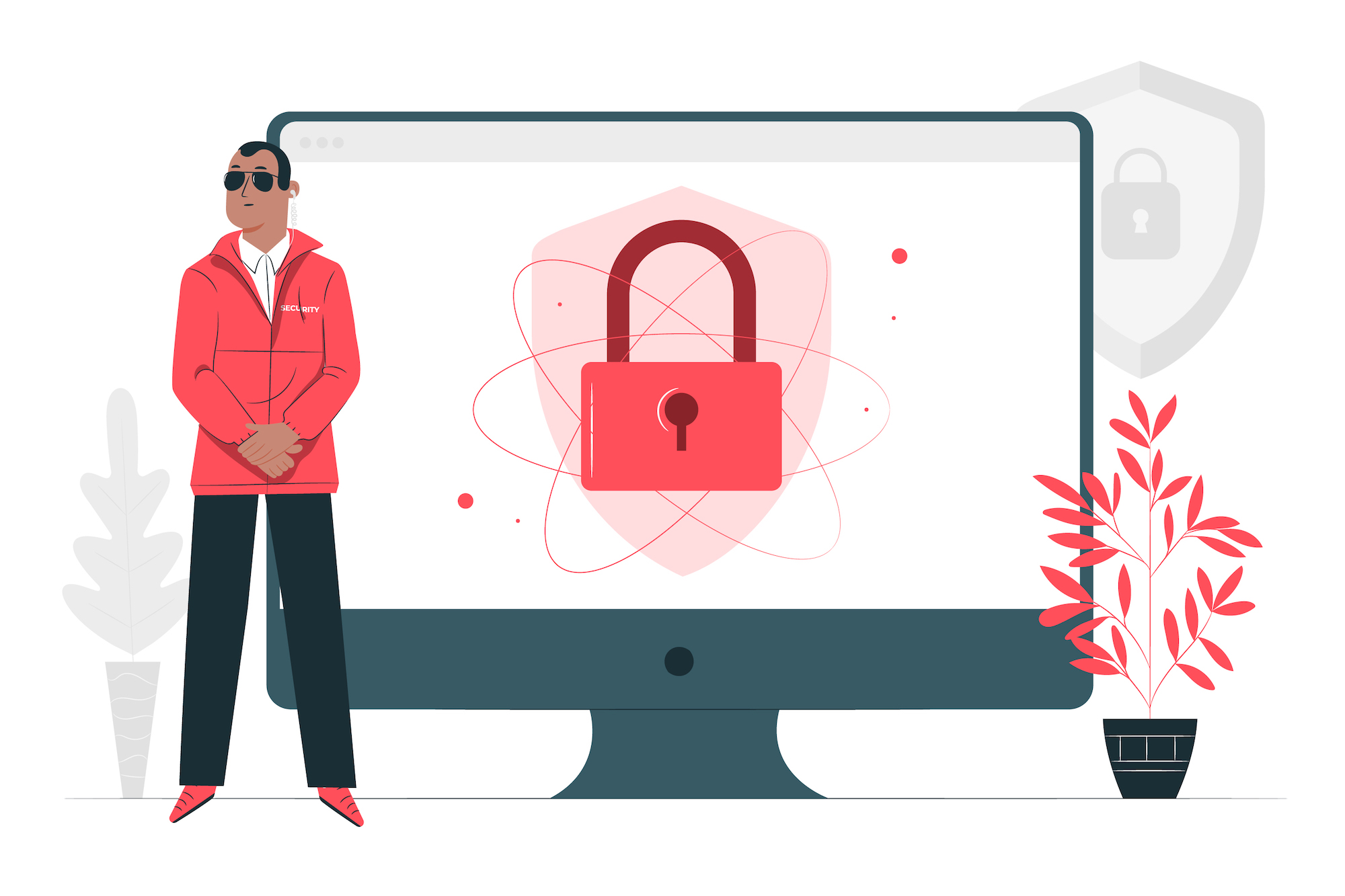Business continuity planning has become a fundamental priority for businesses after the pandemic outbreak. Before COVID-19 business continuity was not given the recognition and importance it deserves, but after the pandemic threw the world into a panic, the way many of us work changed drastically.
So, business continuity planning that meets the needs of your remote business and workforce is now needed more than ever. Luckily, we have created a set of essential steps you need to make to ensure your business continuity plan is as remote work-friendly as possible.

The 6 steps you need to take when business continuity planning
1. Ensure your team have strong internet access
Internet access within your office environment is a sure thing. However, realistically, with a team in different parts of a city or even the country, the internet connection will be vastly different, especially when using home network connections. Ask yourself, what does your team need to work with no disruption? Your number one answer should be a stable internet connection, so ensure your team has access to one.
2. Remote devices are supplied
Expecting your team to work on personal remote devices is not a good route to go down. Firstly, not everyone will have a laptop/computer/tablet/phone to work from. Secondly, each person’s device will most likely be a different brand/grade etc., which means some will be better than others and work differently. Also, personal devices are far less secure. Therefore, supply your team with remote devices to ensure everyone has the same platform to work from so your team can work and communicate effectively.
3. Secure remote access to systems
Security is far more robust in an office environment, which is why it needs attention for remote work. Therefore, you must ensure that when business continuity planning, you are putting security measures in place to minimise disruptions and downtime for your team.
A simple solution that can be rolled-out quickly is Multi-factor authentication. MFA adds an extra layer of protection when a user logs into an application or device and this will help provide more security than your standard usernames and passwords.
4. Backup
Having a detailed backup strategy and solution is essential; without it, your business is vulnerable to significant downtime. Sadly, your data can be compromised over the internet, and we have seen it happen even more during the pandemic. Therefore, ensure your business continuity planning has a detailed backup plan and implements the right solutions, so your business is backed up in case of a cyber-attack, or a human error.
5. Disaster recovery plan
What is a business continuity plan without a disaster recovery plan? A business can only guarantee business continuity for its remote workforce with a disaster recovery plan. A company cannot predict when a natural disaster might occur, or a cyber-attack infiltrates your network, which can lead to total business chaos! Get a disaster recovery plan in place to ensure business continuity for remote working.
6. A remote working culture
Finally, create a remote working culture. Working from home has been a considerable adjustment for many of us and loosing that human interaction can be challenging. Therefore, put processes in place that keep your team connected and collaborating, so that even though there has been a change, they can still feel part of a team. This is an integral part of business continuity planning. Because what business can succeed without a strong and motivated team behind it?

Ready to start business continuity planning?
Business continuity planning won’t only help your remote business work better with minimal disruptions, but it will also help to future-proof your business for whatever challenges are to come.
If you are unsure where to start, we would recommend prioritising backup solutions, as without your essential data backed up, your remote workforce could struggle to work and communicate efficiently.
Check out our pricing calculator for mailbox backup and see how little you have to pay to keep your data safe!
Featured post
Dark web scanning from Fusion – casting light in the shadows
Since 2016, the number of dark web listings that could be harmful to businesses has increased by 20% which means that 60% of all listings are now potentially harmful to businesses. Millions of people unknowingly have their information exposed, putting them and the organisations they work for at risk of cybercrime.
Recent posts
Latest posts
The Cyber Security Policy Template: What Your Policy Should Contain
The Cyber Security Policy Template: What Your Policy Should Contain Before you’ve even considered a cyber incident response plan or business impact analysis your business will need to outline a set of hard and fast cybersecurity rules. A good cybersecurity policy can range in size from a single page to...
What Is Cyber Essentials Certification and How Could it Benefit Your Business?
Cyber Essentials Certification Scheme: What It Is and Why You Should Get It If you’ve been worrying about cybersecurity lately but not sure where to begin, then look no further. The Cyber Essentials Certification Scheme is designed to be the ideal first step when it comes to establishing basic cybersecurity...
What Are the Small Business Cybersecurity Fundamentals?
Many businesses think that cybercrime won’t happen to them. Either because they’re a small business or they’re simply thinking wishfully. But if the last twelve months have taught us anything, it’s that sometimes catastrophic things do happen, and one of those is cybercrime. If you want to stay safe in...





